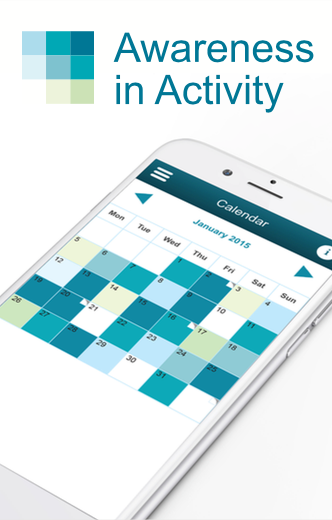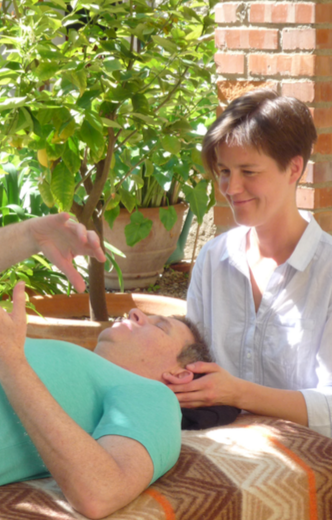(Senior Homes.com) February 24, 2017
Gina Roberts-Grey
Limited mobility as you age can make it difficult to enjoy social situations with family and friends or even remain in your own home. But Mary Derbyshire, author of the new book “Agility at Any Age,” says “mindful moving” can help you turn back the clock to move with more agility and ease…and perhaps most importantly, with less pain.
Using the Alexander Technique, a method that teaches participants to identify and stop harmful habits that increase stress and pressure in the body and ultimately limit mobility, Derbyshire has been working with active adults and baby boomers for 20 years, providing instruction for more mobility and better quality of life.
“As we age, we’re told of the importance to move, but no one mentions the significance of paying attention to how we move,” she explains. “A few ergonomic adjustments, along with a slight change of mindset, can make simple movements like sitting, getting out of a chair or walking much easier and more enjoyable.”
Derbyshire, who teaches the Alexander Technique, sat down with us to share her insights on how to move better—and more often—starting today.
What movements tend to be the toughest to engage in as we age?
Everyday [movements] like sitting or getting in and out of a chair are some of the most common moves that can be difficult to tackle. Walking is also tough. I’m not referring to power walking or walking for long distances, but walking around the house or a grocery store can be tough. And without the ability to sit and/or walk comfortably, a person can quickly find themselves losing their independence due to immobility.
Are there modifications to make sitting more comfortable and easy?
Absolutely! Many of us aren’t sitting correctly. You need to sit on your “sit bones” which will promote sitting up straight and ultimately more comfortably.
How can a person tell if they’re sitting on their “sit bones”?
You can locate them by sitting in a chair and sliding hands under your butt cheeks, palms up. Press lightly to feel the boney bits under each cheek, which are the sit bones. You have to sit with your weight on those to sit comfortably. However, most of the time we sit further back, toward the sacrum.
We also tend to sit on furniture that’s too soft or that’s designed for fashion but not function. Chairs tend to slope back so you have to haul yourself forward when you want to stand up. To combat that, I recommend a sitting wedge, which can be found online or some drugstores, that’s firm and higher in the back than the front. That promotes you sitting on your sit bones and ultimately makes sitting and getting out of chair easier.
Once a person is out of their chair, what changes can they implement to make walking easier?
Stand with your feet shoulder-width apart to give you a broad and steady base. And stand so you’re putting weight on the balls of your feet as well as your heels. Too often, we stand with our weight centered on our heels, which can contribute to fatigue and pain. If you have to stand for long periods of time, or [if] standing is difficult even for a few minutes, you can shift your weight over the arch of your foot from the ball to the heel to reduce fatigue and increase comfort.
It’s also important to walk through your big toe to improve balance and further reduce fatigue.
Many walk with their toes sticking up in the air, which doesn’t engage the big toe. And if you don’t engage that toe, taking your weight all the way through it, you’re not taking a complete stride.
Is there a way to know if you’re not walking through your big toe?
If you have a hole in your socks at the toes or a wear spot on your slippers, you’re not walking all the way through your big toe. It’s important to remember your big toe has two important jobs: it helps with balance and propels you forward. And along with increasing the risk of falling, not walking through your entire foot means you’re not being propelled forward and you’re belaboring walking.
Are there other ways to improve balance and reduce the risk of falls?
Everyone over the age of 45 should work on maintaining or improving their balance by challenging it. One way to do that is by standing on one foot. For safety, you should do that when you’re near something steady and anchored to grab onto if necessary, like a kitchen counter or table.
You also want to maintain flexibility in your ankles, which greatly impacts balance. If your ankles are stiff, you’re less able to maintain your balance. Work on that by tapping your toes while sitting watching television or eating dinner. You can also gently flex the foot to the left and right.
By incorporating these small changes, you’ll be better able to sit and get out of a chair, which means you’re more likely to stand and then walk. And that improved and increased movement will bleed over into every aspect of your life from grocery shopping, attending religious services or watching your grandchild’s dance recital.







